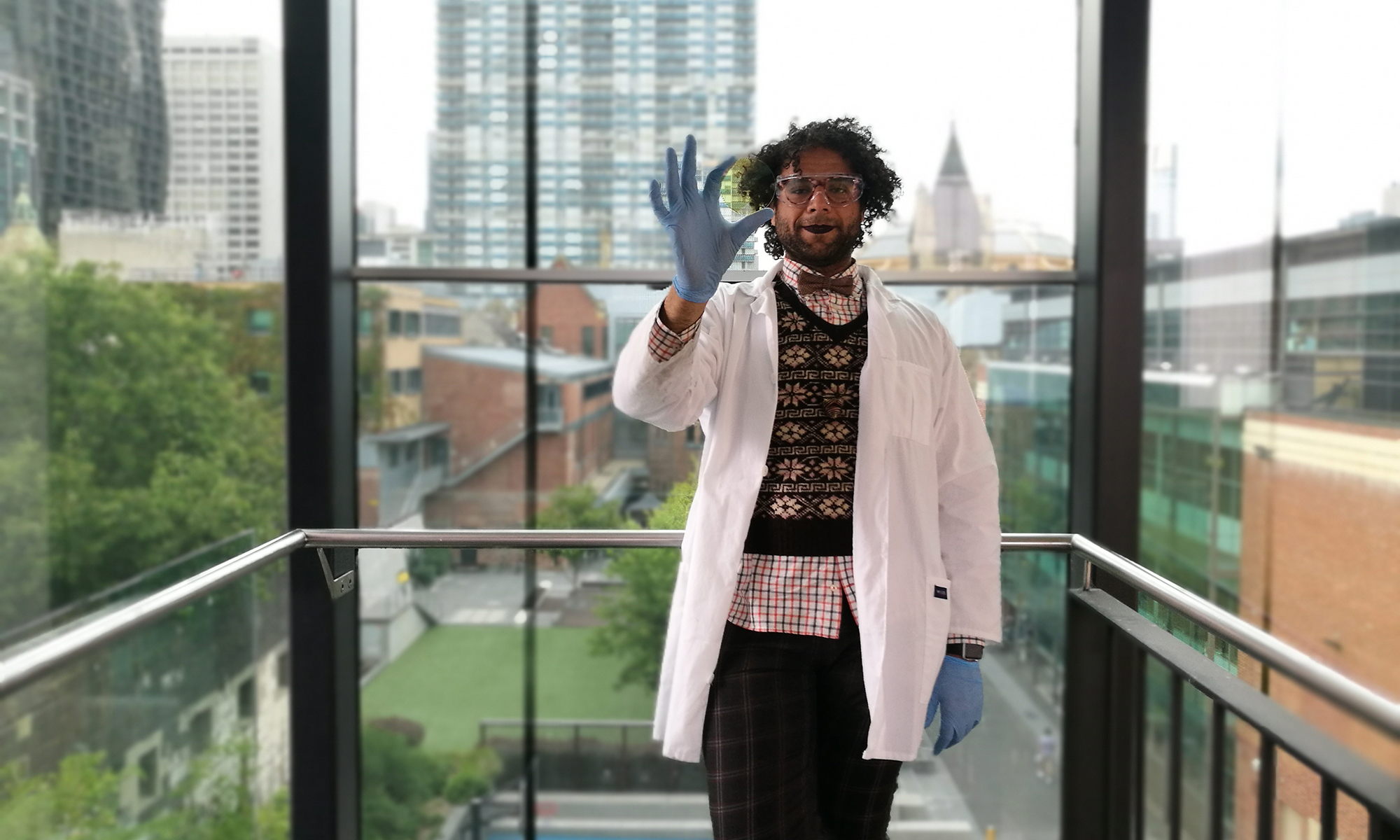The self-modifying coating, which is a thousand times thinner than a human hair, works by automatically letting in more heat when it’s cold and blocking the sun’s rays when it’s hot.
Smart windows have the ability to naturally regulate temperatures inside a building, leading to major environmental benefits and significant financial savings.
Lead investigator Associate Professor Madhu Bhaskaran said the breakthrough will help meet future energy needs and create temperature-responsive buildings.
“We are making it possible to manufacture smart windows that block heat during summer and retain heat inside when the weather cools,” Bhaskaran said.
“We lose most of our energy in buildings through windows. This makes maintaining buildings at a certain temperature a very wasteful and unavoidable process.
“Our technology will potentially cut the rising costs of air-conditioning and heating, as well as dramatically reduce the carbon footprint of buildings of all sizes.
“Solutions to our energy crisis do not come only from using renewables; smarter technology that eliminates energy waste is absolutely vital.”
Smart glass windows are about 70 per cent more energy efficient during summer and 45 per cent more efficient in the winter compared to standard dual-pane glass.
New York’s Empire State Building reported energy savings of US$2.4 million and cut carbon emissions by 4,000 metric tonnes after installing smart glass windows. This was using a less effective form of technology.
“The Empire State Building used glass that still required some energy to operate,” Bhaskaran said. “Our coating doesn’t require energy and responds directly to changes in temperature.”
Co-researcher and PhD student Mohammad Taha said that while the coating reacts to temperature it can also be overridden with a simple switch.
“This switch is similar to a dimmer and can be used to control the level of transparency on the window and therefore the intensity of lighting in a room,” Taha said. “This means users have total freedom to operate the smart windows on-demand.”
Windows aren’t the only clear winners when it comes to the new coating. The technology can also be used to control non-harmful radiation that can penetrate plastics and fabrics. This could be applied to medical imaging and security scans.
Bhaskaran said that the team was looking to roll the technology out as soon as possible.
“The materials and technology are readily scalable to large area surfaces, with the underlying technology filed as a patent in Australia and the US,” she said.
The research has been carried out at RMIT University’s state-of-the-art Micro Nano Research Facility with colleagues at the University of Adelaide and supported by the Australian Research Council.
Their findings have been published in Scientific Reports – Nature:
http://dx.doi.org/doi:10.1038/s41598-017-17937-3





